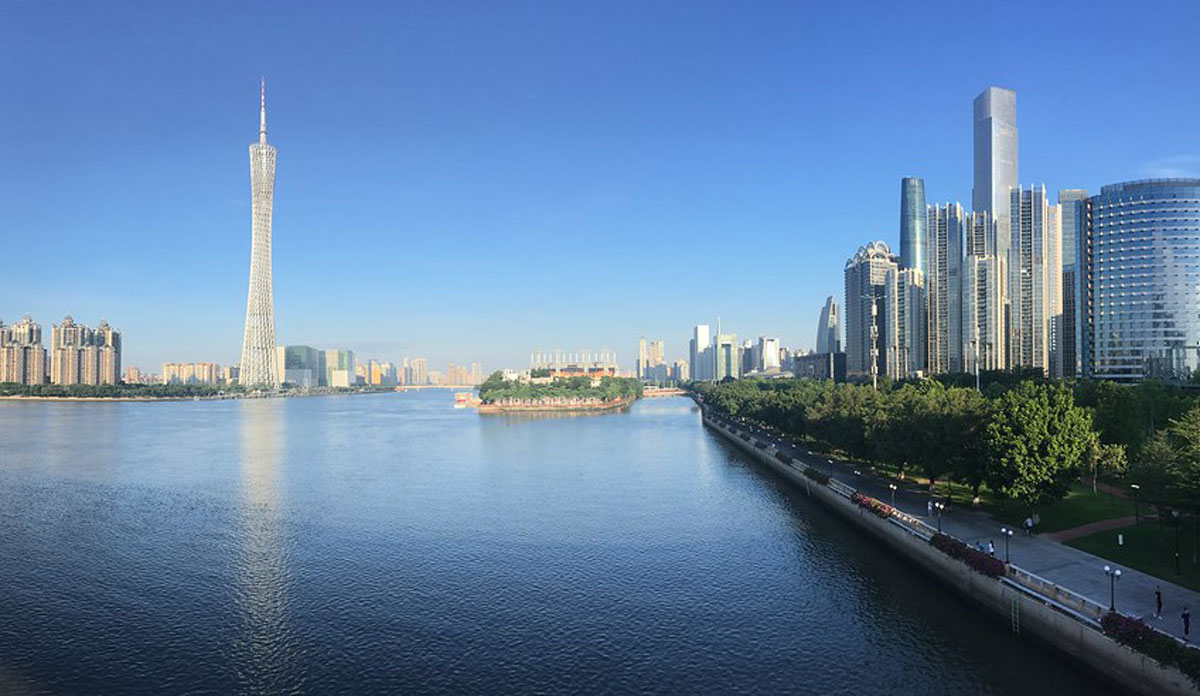Navigating the world of freight forwarding is key to unlocking the full potential of importing products from Asia to Australia. As global trade continues to expand, small and medium-sized businesses in Australia can reap the benefits of sourcing high-quality products from Asia's vibrant markets. However, managing international shipping, customs regulations, and logistical challenges can be overwhelming, especially for newcomers.
In this guide, we'll demystify the freight forwarding process and provide essential insights to help you become a confident and successful importer. From choosing the right shipping methods and understanding customs procedures to finding the most efficient routes and reliable service providers, you'll acquire the knowledge needed to ensure a smooth and cost-effective shipping experience. Let Epic Sourcing Australia, an Australian-based sourcing agency, be your trusted partner in guiding you through the intricacies of freight forwarding from Asia to Australia.
Understanding the Different Shipping Methods
When it comes to freight forwarding from Asia to Australia, selecting the most suitable shipping method is essential. The primary methods of transportation for international shipping include air freight, sea freight, and, in some cases, rail freight. Each has its own pros and cons, and understanding these differences will help you make informed decisions.
1. Air Freight:
Offering the fastest delivery times, air freight is ideal for time-sensitive and high-value shipments. However, due to higher costs and weight limitations, it may not be the most cost-effective option for large or heavy cargo.
2. Sea Freight:
As the most widely used form of international shipping, sea freight offers a more cost-effective solution, especially for large volumes of goods. However, transit times are significantly longer compared to air freight, so this option is best suited for shipments that are not time-sensitive.
Navigating Customs Clearance and Regulations
Successfully importing products from Asia to Australia also involves understanding customs clearance procedures and regulations. Below are some critical points to consider:
1. Import Declarations:
Upon arrival in Australia, your goods will need to pass through customs. This involves submitting an Import Declaration, which provides details about the goods, their value, and the appropriate classification under the Harmonized System (HS) code. A licensed customs broker can guide you through this process, ensuring compliance with Australian regulations.
2. Duties and Taxes:
Imported goods are generally subject to customs duties and taxes, including the Goods and Services Tax (GST). The rates payable depend on the HS code classification, the value of the goods, and their country of origin. Familiarising yourself with these aspects can help you avoid unexpected costs. For more information, visit the Australian Border Force website.
3. Quarantine Requirements:
Australian authorities have strict biosecurity regulations intended to protect the nation's agricultural and environmental health. Your imported goods may need to be inspected and meet specific quarantine requirements, such as fumigation, prior to their release.
4. Import Permits and Restrictions:
Some goods, like pharmaceutical products or certain chemicals, may require specific permits or licenses for importation. Familiarise yourself with any relevant import controls and regulations to ensure compliance.
Choosing the Right Incoterms for Your Shipment
Incoterms or International Commercial Terms are a set of globally recognised rules that determine the responsibilities of buyers and sellers in international trade. They outline when and where the transfer of risk and ownership of goods takes place between the parties. Commonly used Incoterms include EXW (Ex Works), FOB (Free on Board), CIF (Cost, Insurance, and Freight), and DDP (Delivered Duty Paid). Understanding each Incoterm's implications on your shipment costs, risks, and responsibilities will help you make informed choices and negotiate better terms with your suppliers.
Working with Reliable Freight Forwarders and Service Providers
A key aspect of successful freight forwarding from Asia to Australia is partnering with reliable service providers. Engaging the services of a reputable and experienced freight forwarder, such as Epic Sourcing, can simplify the shipping process and assist you in selecting the most suitable shipping method and routes, securing competitive rates, and ensuring compliance with customs and quarantine regulations.
Additionally, freight forwarders can help you access industry expertise, local knowledge, and established relationships with transportation providers, further enhancing the efficiency of your import process.
Maximising Efficiency and Minimising Shipping Delays
Understanding how to streamline your shipments and minimise potential shipping delays is crucial when importing products from Asia to Australia. Implementing the following strategies can optimise the shipping process:
1. Accurate Documentation:
Ensuring all shipping documents, such as bills of lading, invoices, and packing lists, are completed accurately and in accordance with Australian regulations will help avoid unnecessary customs delays and additional costs.
2. Strategic Planning:
Plan your shipments in advance to account for seasonal demand fluctuations, public holidays, and potential disruptions like port congestion or extreme weather events. This will enable you to better manage your inventory and supply chain.
3. Quality Control:
Implementing quality control measures before shipping can prevent shipment rejections at customs and reduce the need for costly returns or replacements.
Empower Your Business with Expert Freight Forwarding Solutions
Mastering the intricate aspects of freight forwarding from Asia to Australia is the key to unlocking a world of sourcing opportunities for your business. As you navigate the complexities of shipping methods, customs regulations, and logistical planning, partnering with a trusted sourcing agency like Epic Sourcing can make all the difference.
With a wealth of experience and expertise in international trade, our team is dedicated to empowering Australian SMEs and e-commerce entrepreneurs by providing seamless shipping experiences and maximising cost efficiency. Ready to take your business to new heights? Get in touch with the best product sourcing agency today and let us assist you in streamlining your import process, ensuring your products' successful journey from Asia to Australia. Together, we'll create a thriving and profitable future for your business in the global market.









